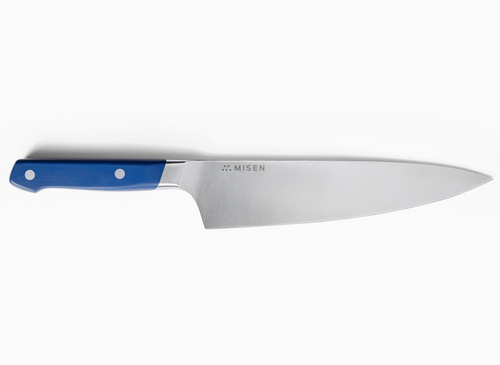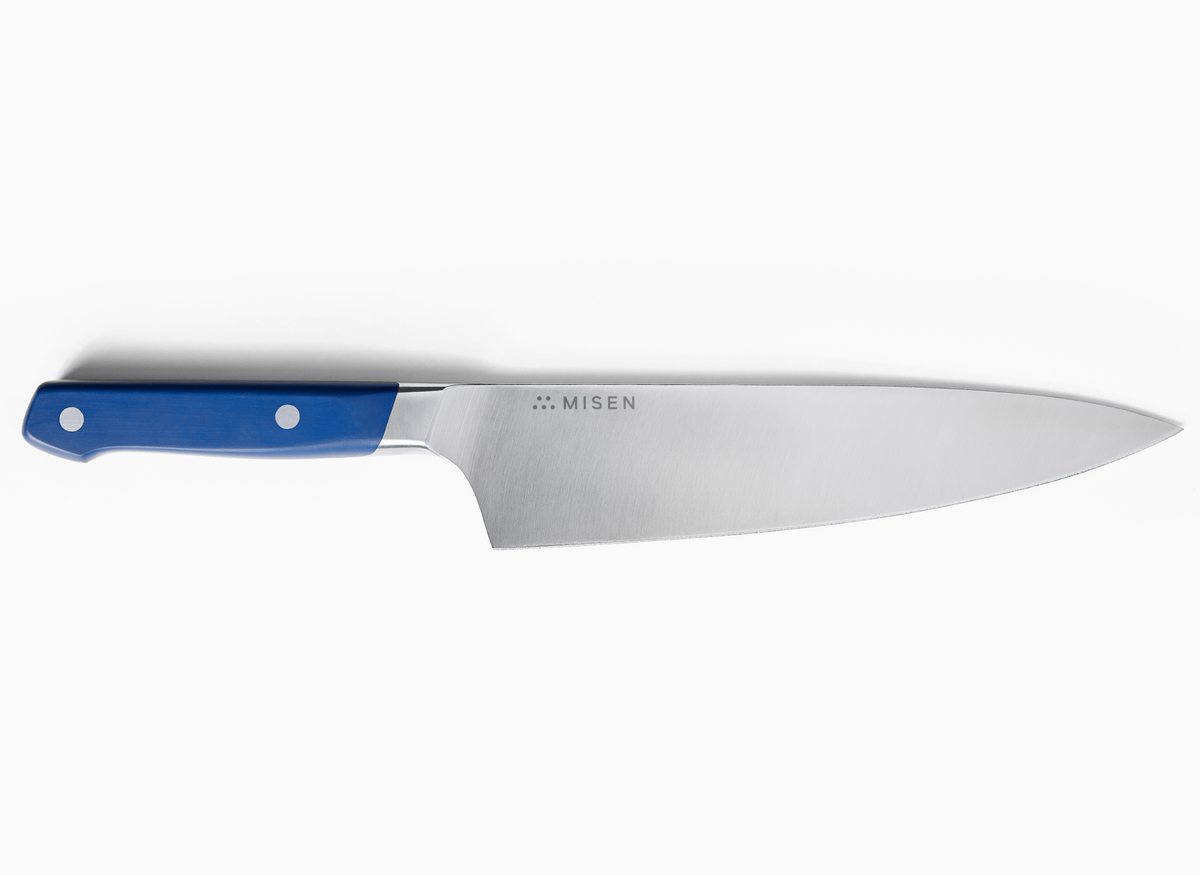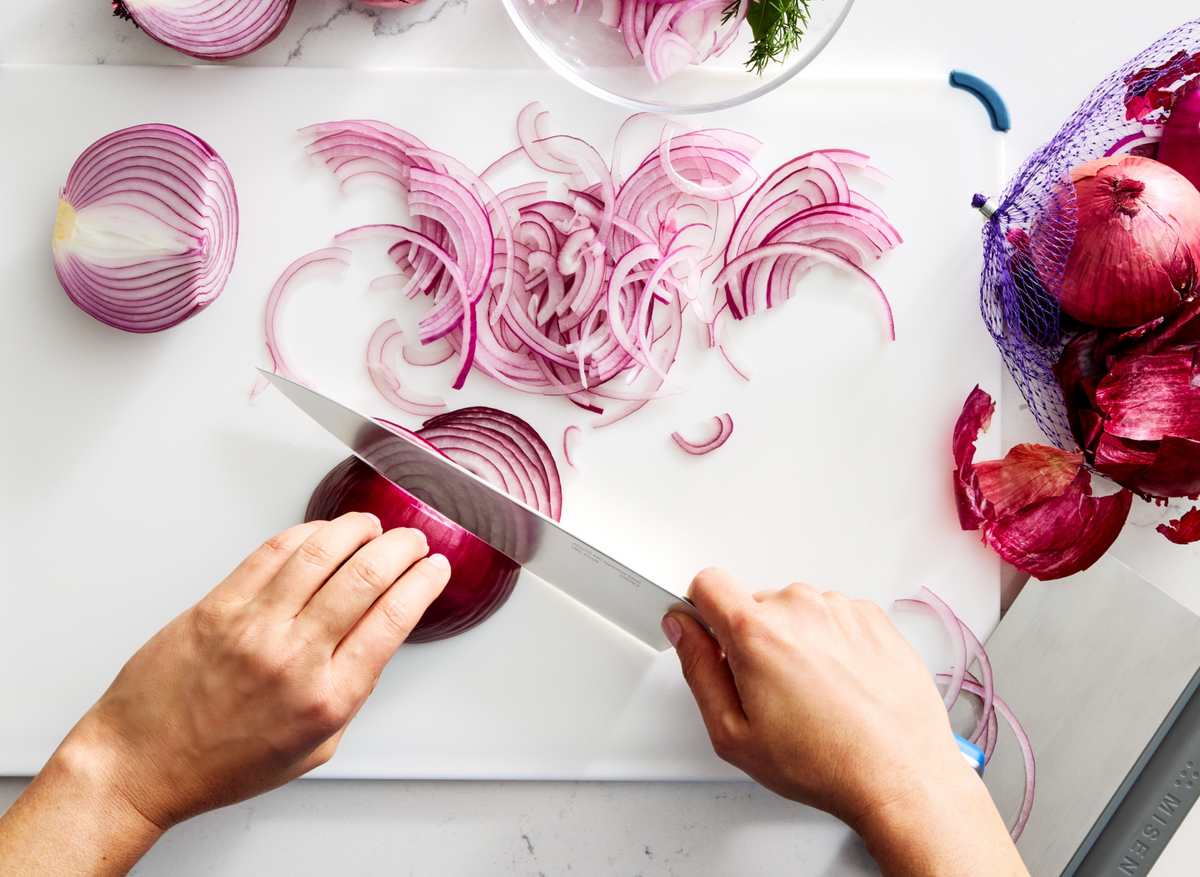The Versatility of the Dutch Oven Pot

Dutch ovens are versatile, heavy-duty cooking pots known for their excellent heat retention and distribution. With origins dating back to the 17th century, these pots have evolved to become indispensable tools in modern kitchens. This article explores the history, construction, and various applications of Dutch ovens, highlighting their adaptability to different cooking techniques and cuisines.
Introduction to Dutch Ovens
Definition and key features
Dutch ovens are characterized by their thick walls and tight-fitting lids, making them ideal for a wide range of cooking techniques. These pots excel in heat retention and distribution, allowing for both high-heat searing and low-and-slow cooking[1]. Available in various materials, the most common types are traditional cast iron and enameled cast iron, with the latter offering a non-reactive cooking surface and easier maintenance[2].
Dutch ovens come in different sizes, ranging from small 2.75-quart pots suitable for couples to large 7-quart-plus models ideal for feeding crowds. Their versatility extends to shape as well, with round Dutch ovens favored for even heat distribution and oval ones preferred for roasting larger cuts of meat[3].
Historical background and evolution
The Dutch oven's origins can be traced back to the 17th century Netherlands, where advancements in casting techniques revolutionized cookware production. Dutch metalworkers pioneered the use of dry sand molds, resulting in smoother, more refined surfaces for their cast iron pots[4]. This innovation caught the attention of English industrialist Abraham Darby, who visited the Netherlands in 1704 and subsequently patented his own version of the process in 1708[5].
As European settlers migrated to the Americas, they brought this versatile cookware with them. The Dutch oven underwent further modifications to suit the needs of colonial life, with American colonists adding legs to the pots for easier cooking over open fires and developing lipped lids to hold hot coals[5]. These adaptations made the Dutch oven an indispensable tool for pioneers, explorers, and settlers as they ventured across the continent.
Materials and construction
Dutch ovens are primarily crafted from cast iron, renowned for its exceptional heat retention and distribution properties. The composition of the iron used can impact quality and price, with some manufacturers using a blend of raw and recycled iron. The enamel coating, a fusion of glass particles, plays a crucial role in determining the pot's durability and performance[6].
Construction techniques significantly influence the Dutch oven's performance, with factors such as wall thickness and overall weight contributing to heat distribution and retention capabilities. Alternative materials like aluminum, copper, and stainless steel are also used in Dutch oven construction, each offering unique benefits and drawbacks[7].
The Versatility of the Dutch Oven Pot
Stovetop to oven functionality
One of the most remarkable features of a Dutch oven is its ability to seamlessly transition from stovetop to oven, making it an incredibly versatile cooking vessel. This functionality allows for a wide range of cooking techniques to be employed in a single pot, from searing and sautéing on the stovetop to braising and roasting in the oven.
When using a Dutch oven on the stovetop, it's important to note that different types of cooktops may require specific considerations. Gas and induction stovetops work best, providing even heat distribution, while electric and glass stovetops require caution to prevent scratching the pot's bottom, particularly for enamel-coated Dutch ovens.
Range of cooking techniques
The Dutch oven's versatility shines through its ability to accommodate a wide range of cooking techniques. Slow-cooking is a hallmark of Dutch oven cuisine, allowing for the development of complex flavors in dishes like tender braised meats. The pot's excellent heat retention makes it ideal for simmering stocks and broths for hours without constant supervision.
Sautéing, roasting, and braising are all techniques that benefit from the Dutch oven's even heat distribution. Perhaps surprisingly, baking is also possible in a Dutch oven, with its ability to create a humid environment perfect for crusty breads and even cakes[8].
Adaptability to various cuisines
The Dutch oven's adaptability shines through its ability to seamlessly transition between various global cuisines. In European cooking, it excels at creating hearty stews like French beef bourguignon, Hungarian goulash, and Italian osso buco. The pot's excellent heat retention and distribution make it ideal for slow-cooking these complex, flavor-rich dishes[9].
Beyond Europe, the Dutch oven proves equally adept at crafting diverse international fare. It can produce a spicy Vietnamese lemongrass chicken, a robust Senegalese poulet mafé with its thick peanut sauce, or a comforting Louisiana red beans and rice[10].
Essential Cooking Methods
Braising and slow cooking
Braising and slow cooking are quintessential techniques that showcase the Dutch oven's versatility. This method transforms tough cuts of meat into succulent, fall-apart tender dishes. The process begins with searing the meat to develop a flavorful crust, followed by the addition of aromatics and a small amount of liquid.
The key to perfect braising lies in maintaining a low temperature, typically between 185°F (85°C) and 195°F (90°C), which allows for gentle cooking and optimal moisture retention. This technique not only tenderizes meat but also creates complex, layered flavors as the ingredients meld together over time[11].
Searing and browning
Searing and browning in a Dutch oven is a culinary technique that elevates dishes by developing complex flavors and creating appetizing textures. The Dutch oven's ability to retain and distribute heat evenly makes it ideal for achieving a perfect Maillard reaction, which occurs when proteins and sugars in food are exposed to high temperatures.
To maximize browning, it's crucial to preheat the Dutch oven and ensure the bottom is coated with oil or fat before adding ingredients. For optimal results, start with a lower heat setting and gradually increase as needed, allowing the Dutch oven to build up heat slowly and evenly[12].
Baking and roasting
The Dutch oven's versatility shines in baking and roasting, offering a unique approach to temperature control. For optimal results, various techniques can be employed, such as the 'Ring Method' for outdoor cooking or adjusting oven temperatures for indoor use.
Environmental factors like wind and temperature can impact cooking, necessitating adjustments. To eliminate hot spots, rotating the oven and lid every 15 minutes proves effective, especially for baked goods[13].
Diverse Recipe Applications
One-pot meals and stews
The Dutch oven's versatility shines brightest in its ability to create hearty one-pot meals and stews. Its thick walls and tight-fitting lid make it ideal for slow-cooking techniques that develop deep, complex flavors. Classic beef stew, with its tender chunks of meat and vegetables simmered in a rich broth, exemplifies the Dutch oven's prowess[10].
For those seeking plant-based options, a white bean and mushroom cassoulet offers a hearty, vegetarian take on the classic French dish, utilizing the Dutch oven's ability to create rich, layered flavors without meat[10].
Bread and baked goods
The Dutch oven's versatility extends to baking bread and other goods, offering home bakers a simple yet effective way to achieve artisanal results. The pot's ability to trap steam during the initial stages of baking creates an ideal environment for bread to rise fully and develop a crispy, shiny crust[14].
For optimal results, preheat the Dutch oven before baking, typically at 450°F (230°C) for 30 to 45 minutes. The simplicity of no-knead Dutch oven bread recipes, often requiring just four ingredients - flour, water, salt, and yeast - makes artisanal bread-making accessible to bakers of all skill levels[15].
Deep-frying capabilities
The Dutch oven's versatility extends to deep-frying, making it an excellent tool for creating crispy, golden-brown delights. Its thick walls and excellent heat retention properties ensure consistent oil temperature, crucial for achieving perfectly fried foods.
When deep-frying in a Dutch oven, choose oils with high smoke points, such as vegetable, peanut, or canola oil, to withstand the high temperatures without imparting off-flavors[16]. From crispy chicken wings to homemade donuts, the Dutch oven's deep-frying capabilities open up a world of culinary possibilities.
Care and Maintenance
Cleaning and seasoning techniques
Proper cleaning and seasoning techniques are crucial for maintaining the longevity and performance of Dutch ovens. For enameled cast iron Dutch ovens, a gentle approach is key. After use, allow the pot to cool before filling it with hot water, dish soap, and baking soda. Let it soak for 15 minutes, then scrub with a non-abrasive sponge or dish scrubber[17].
For stubborn stains, create a paste using baking soda and water, apply it to the affected areas, and let it sit overnight before scrubbing[18]. To tackle exterior stains, a paste of baking soda and water applied with a non-abrasive pad can be effective[18].
Storage recommendations
Proper storage is crucial for maintaining the quality and longevity of your Dutch oven. When storing, place a paper towel inside to absorb moisture and prevent odors. For cast iron Dutch ovens, apply a thin layer of vegetable oil to both the interior and exterior to ward off rust[19].
Enameled cast iron requires special attention; never stack these pots without using protective layers between them, as their weight can chip the enamel coating. After washing, ensure your Dutch oven is completely dry before storing, and leave the lid slightly ajar or store it separately to allow air circulation.
Longevity and durability factors
The longevity and durability of Dutch ovens are influenced by several key factors. Material composition plays a crucial role, with enameled cast iron offering superior heat retention and distribution without the maintenance requirements of bare cast iron.
High-quality Dutch ovens undergo rigorous manufacturing processes involving multiple inspections by expert craftsmen, ensuring exceptional durability[20]. Interior design contributes to both durability and functionality, with darker interiors better concealing wear and tear over time. These factors collectively contribute to creating Dutch ovens that can withstand decades of use, potentially becoming generational cookware pieces.
Conclusion
Dutch ovens are truly versatile kitchen workhorses, capable of handling a wide range of cooking techniques and cuisines. Their ability to transition seamlessly from stovetop to oven makes them indispensable for creating complex, flavorful dishes. With proper care and maintenance, a high-quality Dutch oven can become a cherished kitchen tool that lasts for generations.
For those looking to expand their culinary horizons, our carbon steel wok offers similar versatility and durability, perfect for stir-frying and other high-heat cooking techniques. Ready to elevate your cooking game? Shop Now and discover our range of premium kitchen tools designed to help you cook better.
- Dutch ovens are versatile cooking pots known for their excellent heat retention and distribution.
- These pots have a rich history dating back to the 17th century and have evolved to suit various cooking needs.
- Dutch ovens can be used for a wide range of cooking techniques, from slow cooking to baking and deep-frying.
- Proper care and maintenance, including gentle cleaning and appropriate storage, are essential for longevity.
- High-quality Dutch ovens can last for decades, making them valuable investments for any kitchen.
- Le Creuset. (n.d.). Everything You Need to Know About Dutch Ovens.
- Food Drink Life. (n.d.). Dutch Oven: Everything You Need to Know.
- The Food Chopper. (n.d.). Dutch Oven Pot: Everything You Need to Know.
- Everten. (n.d.). A Complete History of Dutch Ovens.
- Wikipedia. (n.d.). Dutch oven.
- Serious Eats. (n.d.). Cheap Versus Expensive Dutch Ovens.
- Larder and Vine. (n.d.). Guide to Choosing an Enameled Dutch Oven.
- Aspirant SG. (n.d.). Dutch Oven Cooking Techniques.
- Me Plus Food. (n.d.). Dutch Oven European Recipes.
- Food & Wine. (n.d.). Dutch Oven Recipes.
- Ricardo Cuisine. (n.d.). How to Perfect the Art of Braising.
- Food52. (n.d.). Dutch Oven Cooking.
- The Skillet Blog. (2012). Dutch Ovens 101: Fuel and Temperature Control.
- The Perfect Loaf. (n.d.). How to Bake Bread in a Dutch Oven.
- Nora Cooks. (n.d.). Dutch Oven Bread.
- Recipes.net. (n.d.). How to Deep Fry in Dutch Oven.
- Allrecipes. (n.d.). How to Clean a Dutch Oven.
- Bon Appétit. (n.d.). How to Clean Dutch Oven.
- Marquette Castings. (n.d.). How to Care for a Dutch Oven.
- Everything Kitchens. (n.d.). Choose the Best Dutch Oven: 5 Features to Consider.








